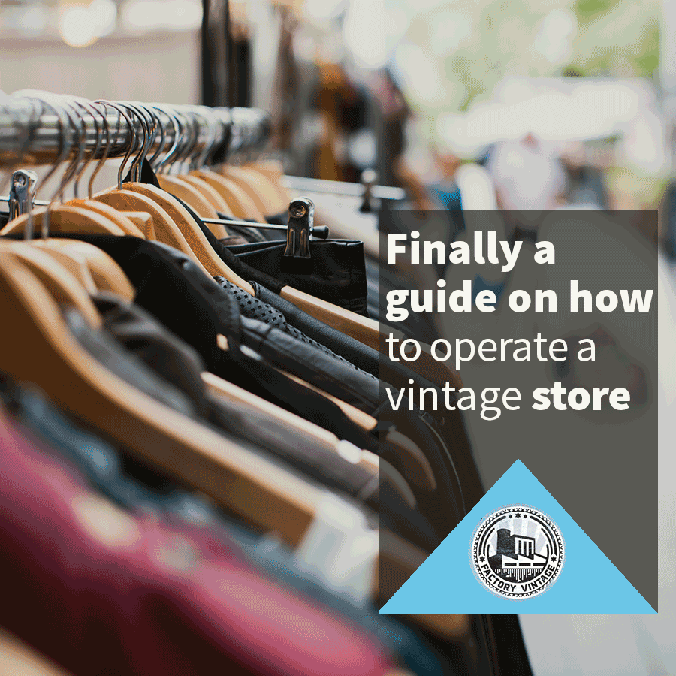
When it comes to running a vintage store, one of the most crucial aspects is sourcing high-quality vintage clothing. This process involves finding, selecting, and acquiring vintage items that appeal to your clientele and enhance your store’s reputation. The benefits of sourcing effectively are manifold, significantly impacting your business’s success. Here’s a detailed look at why sourcing is essential for vintage store owners:
1. Building a Unique Inventory
The primary benefit of meticulous sourcing is the ability to create a unique and appealing inventory. Vintage clothing is not just about second-hand clothes; it’s about offering pieces that encapsulate history, style, and individuality. Each item in your store can tell a story, and the more compelling the selection, the more your store stands out from competitors. This uniqueness draws in customers looking for something special that they won’t find in mainstream retail outlets.
2. Enhancing Store Image and Brand
Your sourcing choices directly reflect on your store’s image and brand. By choosing high-quality, rare, or particularly fashionable vintage pieces, you can cultivate a reputation as a go-to destination for discerning fashion enthusiasts. This reputation can be leveraged to build brand loyalty and attract new customers through word-of-mouth and social media sharing.
3. Attracting Diverse Customer Segments
Effective sourcing allows you to cater to various customer segments, from collectors looking for specific eras to fashion-forward individuals seeking unique statement pieces that nobody else has. By diversifying your inventory, you’re not just selling clothes; you’re providing a range of options that appeal to different tastes, budgets, and style preferences. This diversity can increase the footfall in your store and broaden your customer base.
4. Commanding Higher Price Points
Vintage clothing can often command a higher price point, especially for well-preserved pieces from desirable eras or popular designers. By sourcing these types of garments, you can improve your margins significantly. Shoppers are generally willing to pay more for items that are unique, especially when they are also of high quality and in good condition.
5. Supporting Sustainable Fashion
From an ethical standpoint, sourcing vintage clothing contributes to the sustainability of the fashion industry. By recycling and repurposing existing clothes, you help reduce the demand for new clothing production, which is often resource-intensive and polluting. This eco-friendly approach not only appeals to environmentally conscious consumers but also aligns with global trends toward sustainability.
6. Encouraging Historical Appreciation
A well-curated vintage store can serve as a gallery of past fashion trends and styles, educating people about the evolution of fashion and the socio-economic contexts of different periods. This can turn your store into a cultural spot that offers more than just shopping—providing a rich, immersive experience that can engage customers on a deeper level.
7. Leveraging Seasonal Trends
Fashion is cyclical, and many vintage styles find their way back into modern trends. By keeping informed about current and upcoming fashion trends, you can source items that resonate with contemporary styles while maintaining a vintage appeal. This ability to tap into current trends can make your store highly relevant and trendy.
8. Establishing Long-term Supplier Relationships
Effective sourcing often involves building relationships with suppliers, from auction houses and estate sales to individual collectors. These relationships can be invaluable, providing first dibs on new finds, better purchase terms, and consistent access to high-quality stock.
Conclusion
For vintage store owners, the act of sourcing is much more than just acquiring stock. It’s about building and maintaining a brand that’s known for quality, uniqueness, and style. The effort put into sourcing can define your store’s success, making it a beloved shopping destination for all things vintage. Taking the time to understand and master this aspect of the business is indispensable for thriving in the competitive world of vintage fashion retail.







Leave a Reply